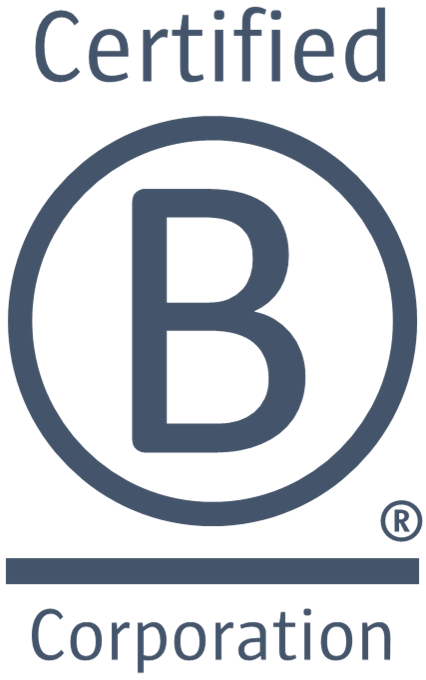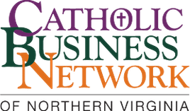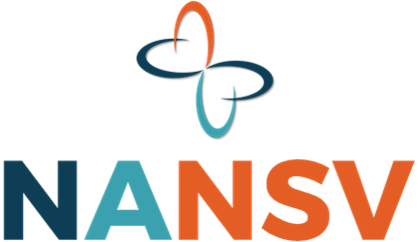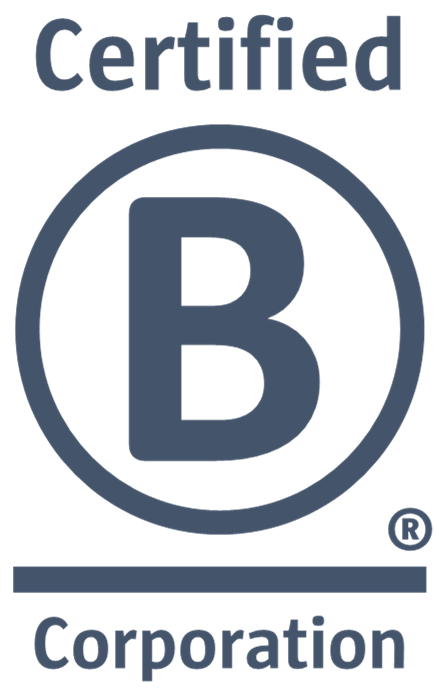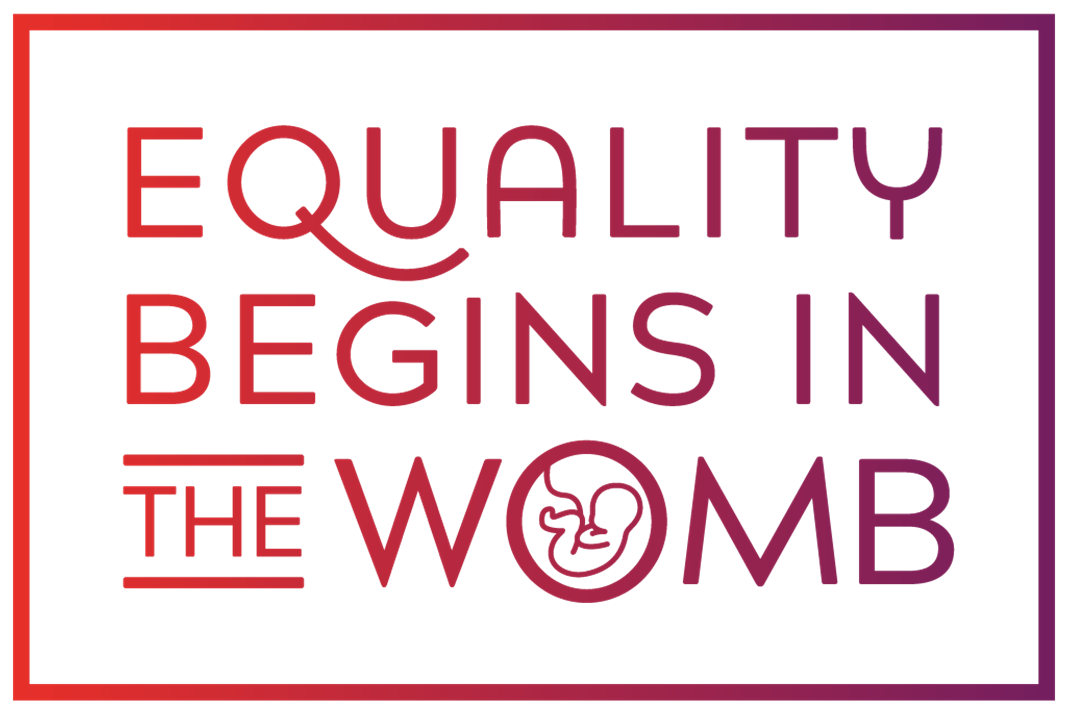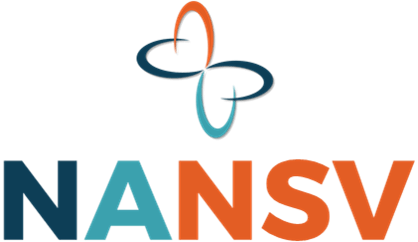Emerging from the Pandemic
Snowflake LLC • March 24, 2021
Seven post-Covid considerations for non-profits

Most non-profits have been greatly affected by the Coronavirus pandemic. Organizational responses varied and, in many cases, they were reactive to events on the ground, which happened quickly and often in unexpected ways. As difficult as Covid has been, there finally seems to be a light at the end of the tunnel as vaccines become more widely available. Non-profits will again need to respond to an evolving environment but this time, there is a window to think strategically, even though the future has uncertainties. Looking backwards is a mistake. It’s a different time, full of challenges as well as opportunities to accomplish more.
Here are seven key things organizations should consider moving forward:
1. Client demand won’t be settled for a while.
Needs changed during the pandemic, and many non-profits had to re-prioritize and even add new programs. Post-Covid, demand will be dynamic—lagging with economic recovery and shifting as conditions evolve. Non-profits need to assess their portfolios and respond strategically, staying consistent with their missions while correctly interpreting and adapting to a rapidly evolving world.
2. Pandemic delivery changes are future opportunities.
Covid brought immediate, unforeseen restrictions on delivery. As in-person becomes feasible again, adaptations made shouldn’t necessarily be discarded. Virtual programs, on-line resources, mobile options, and other methods may be more cost-effective, and can increase scope and/or coverage. Non-profits should align with clients preferences, while evaluating results vs. required resources.
3. Staff and volunteers may have new responsibilities.
Furloughs occurred during Covid, roles changed with program re-prioritizations, and many non-profits cross-trained to alleviate shortages in the face of evolving demand. Staff will need to be re-integrated and/or hired, but the work may be different. Assessing requirements, redesigning jobs, and leveraging flexibility from building knowledge across programs and operations will be essential.
4. The remote workplace may be a long-term solution.
For safety reasons, many people moved to remote work during Covid. There were challenges, but also has significant potential, from job satisfaction to reducing the “office footprint.” Non-profits should consider long-term possibilities, weighing staff preferences, productivity, technology and equipment investments, job requirements, and savings opportunities for their organizations.
5. Donor engagement is more important than ever.
The economy forced some “traditional” donors to hold back. Perhaps surprisingly, however, some gave more, and new people also stepped up. As things improve, non-profits need to get past contributors back, sustain higher donation levels, and keep who they’ve added. Outreach will take “all hands,” but the effort invested should lead to a larger base providing more steady income.
6. The need for communications can’t be overstated.
Clients, donors, partners, the general public, and even staff may have known a non-profit pre-Covid, but they
may not see how programs, accessibility, and other aspects are changing post-pandemic. Getting the word out about new services, ways to interact, impacts and financial “asks,” etc. will be critical. For some, messaging may even require re-branding to reflect their evolution.
7. Building on collaboration will increase capacity.
One positive aspect of the pandemic is that it spurred conversations among non-profits that haven’t always happened. They shared their challenges and responses, and collaborated to ensure that clients received the help they needed. These interactions should be continued and built upon post-pandemic, so the entire non-profit community is working together to best serve the public.
For most non-profits, the challenge isn’t simply deciding “when” to “re-open,” but also “how.” The seven considerations discussed above are intricately connected—no change occurs in a vacuum, and actions need to be carefully coordinated. As such, this isn’t the time to be reactionary and attempt to respond “on the fly” once things have already happened. Post-Covid modeling and adaptive strategy is essential, and there’s no better time than the present to come up with one. It’s a new world out there, and there is great potential for non-profits to be even better resources for the populations they serve—if they get ahead of the curve.
More Information
Contact us
to learn more about the planning for the post-Covid environment
Read our follow-up post,
“Getting Ready For What’s Next: Four Steps to a Post-Covid Strategy”
Read Other Posts

Root Cause Analysis (RCA) is your "microscope" to look in depth at your organization, examine what's beneath the surface, and pinpoint the real reasons your organization can't overcome its challenges. Employing a methodical approach and continuously asking "why" uncovers the often complex layers of the problem and find out where they start. RCA helps you see patterns, connect causes and effects and, ultimately, learn and address what's kicking off the "chain of events" that prevent you from achieving and sustaining desired performance.
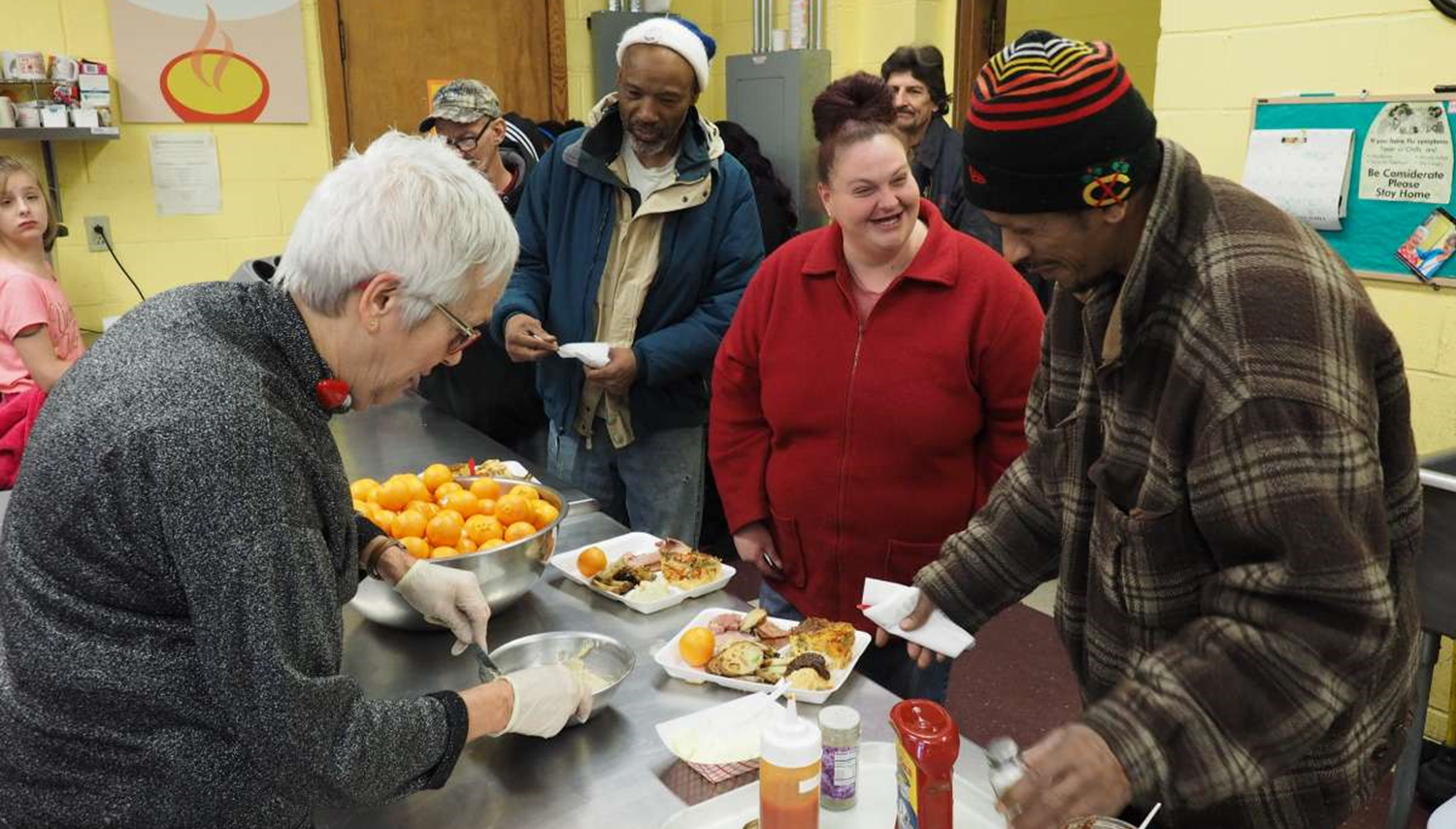
Seven steps will ultimately capture the attentions of people in the relevant segments and persuade them to engage. If you’ve been a regular reader of our blog, they’ll sound familiar. They’re essentially the same steps non-profits should be taking in marketing to donors. We’re simply applying them in another context and adapting them to achieve a different set of outcomes. Just as with RM-based donor outreach, marketing should take the lead, and executives need to stay in the loop to increase access, improve programs, etc.

All non-profits exist, of course, to provide some sort of social benefit, often in the form of help to people in need. They strive for impact and, for those in the line of human services, success is defined by the extent to which populations served experience positive outcomes. This requires developing effective programs and making them both accessible to and used by the affected populations. That's where RM comes in.

Do you remember, as a child, how much you longed for a particular gift, waited anxiously for the "big day" and, when you received what you wanted, felt really happy? As an adult, you've probably made New Year's resolutions, waiting (maybe patiently, perhaps not) for January 1st when you'd start anew and do things differently? Even amidst the hustle of the season, many of you also find an inner peace being with your loved ones (although admittedly, there may be limits to how much you can take). This is what the "winter holidays" should be about: hope, anticipation, joy, and peace.

Internal Communications functions typically have the required understanding of their governments, the populations, and the local contexts, and they have the necessary capabilities. This optimally positions them as subject matter experts (SMEs) so they can be internal consultants to government leaders, who become their internal clients. Together, they’re able to get the best information and extract key data points essential for sound strategic decisions, outcome measurement, and course corrections.




